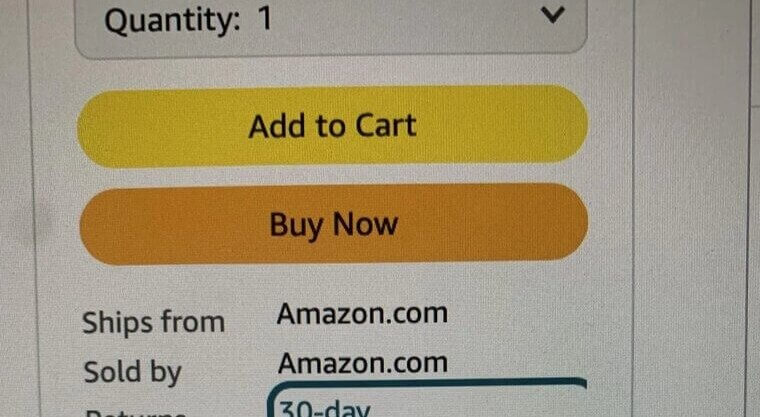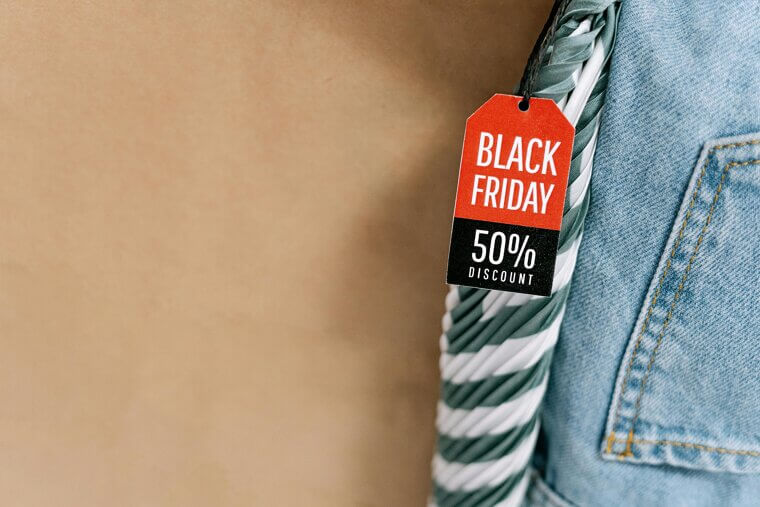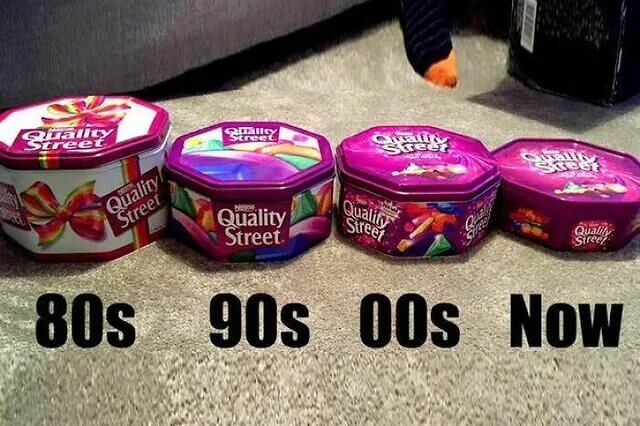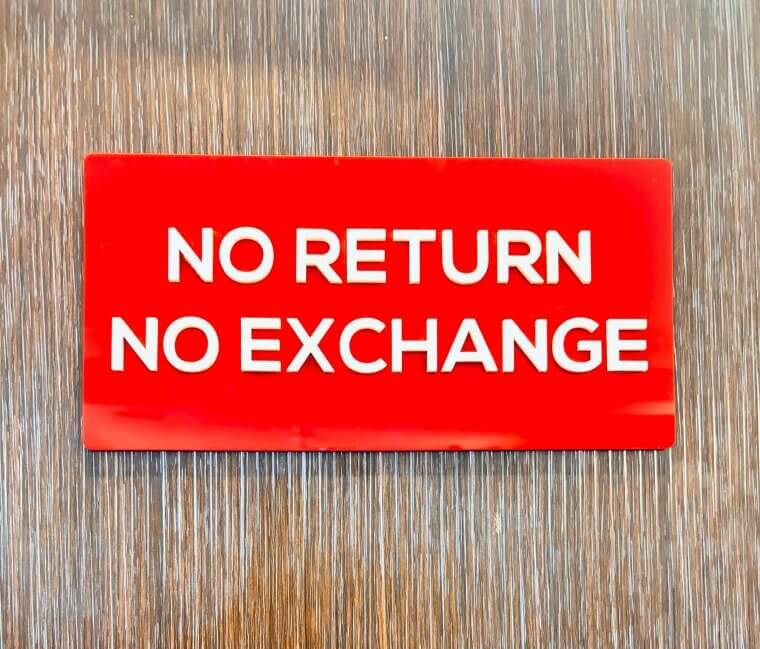Who Are You Actually Paying?
The internet is a marketplace, and sometimes that marketplace can be like the Wild West. On massive platforms like Amazon, Walmart, or Newegg, the "Buy Now" button often redirects to a third-party seller rather than the retailer itself. Before you commit, scrutinize the "Sold By" line. If it’s a third-party seller you’ve never heard of, proceed with extreme caution. Unauthorized dealers often mean no valid manufacturer warranty, and if the package goes missing, the main platform might wash its hands of the problem.
Decode the "Was / Now" Fiction
We need to talk about that crossed-out price tag. It is almost certainly a hallucination. Retailers use a tactic called "anchor pricing," where they display a "List Price" that hasn't been relevant since the product launched three years ago. Seeing "$100" crossed out to show "$50" triggers a dopamine hit, making you think you’ve found half-off treasure. In reality, that item has probably been sitting at $55 for the last six months. The only number that matters is the current price relative to the market, not the price relative to the retailer's imagination.
The 90-Day Reality Check
Context is everything when you are hunting for bargains. You can't judge a deal in a vacuum; you have to look at where the price has been living for the last fiscal quarter. If a blender drops to $80 in November, but it spent all of September and October hovering around $75, you aren't getting a deal; you are paying a "holiday tax." Stick to a strict 30-to-90-day lookback window. If the current price isn't significantly lower than the average street price over that period, be aware that the retailer may be manipulating the timeline to make a standard fluctuation look like an event.
Outsource Your Vetting Process
Let’s be honest, you don't have time to become an expert on every single product category. Instead of guessing, rely on the people who do this for a living. Sites like Consumer Reports, Wirecutter, or dedicated independent deal hubs track these things religiously. They know if that "doorbuster" vacuum cleaner is actually a discontinued model with a terrible battery life. If the major deal hubs aren't posting about it, or if they are actively warning against it, take the hint.
Not sure if you’re buying from a human or a bot? Check the seller profile.
Not sure if you’re buying from a human or a bot? Check the seller profile.
The "Shrinkflation" and Model Number Switch
Retailers are sneaky about the details. You might see a price that appears incredibly low, but you need to investigate why. Is that bulk pack of detergent actually cheaper, or did they reduce the bottle size by 10 ounces? Is that TV the flagship model you wanted, or is it a specific holiday variant with a slower processor? This is called the "derivative model" trick. Always match the SKU or model number character by character against the manufacturer's website to ensure you’re getting the real thing.
Check the Exit Strategy
Buying is the easy part; returning is where the nightmare begins. Holiday return policies are often different from standard ones, and not always in your favor. Some "doorbuster" specials are marked "Final Sale" in tiny print, meaning you are stuck with that glitchy laptop forever. Others might have a shortened return window that expires before Christmas Day even arrives. If you can't find a clear, lenient return policy explicitly stated on the product page, treat that purchase as a high-risk gamble rather than a bargain.
Why not let bots do the heavy lifting?
Why not let bots do the heavy lifting?
Let the Bots Do the Work
Why are you manually opening twenty tabs to compare prices? That is the hard way. Install a browser extension like Honey, CamelCamelCamel, or use Google Shopping’s comparison tool. These little pieces of software run in the background and instantly tell you if the item you are looking at is cheaper on a different site. They strip away the branding and the flash sales to give you raw data. Work smarter, not harder, and let the little virtual minions do the work for you.
That product photo looks perfect, but does the actual thing live up to the expectation?
That product photo looks perfect, but does the actual thing live up to the expectation?
Reality Vs. The Render
Every product looks flawless in the professional promotional photos. The lighting is perfect, the wires are hidden, and the materials look premium. But you need to see the ugly truth. Scroll down to the user reviews and specifically look for "customer images" or search YouTube for unboxing videos. You want to see what that gadget looks like in a dimly lit living room with messy cables. If real-world footage makes the item look flimsy, trust your eyes, not the ad.
The "Hidden" Total Cost
You find a TV for $299. Amazing! But by the time you get through the checkout flow, you are staring at a bill for $380. What happened? Shipping surcharges, "heavy item" handling fees, and taxes piled up. Some dubious retailers deliberately lower the sticker price to rank higher on search engines, only to recoup their profit margin through inflated shipping costs. A deal isn't a deal until you see the final number on the confirmation screen. Always factor in these "invisible" costs.
The "New" Vs. "Renewed" Confusion
You have to read the adjectives. "Refurbished," "Renewed," "Open-Box," "Recertified"; retailers use a dozen different words to avoid saying the word "Used." On Black Friday, mixed inventory is a huge problem. You might click a deal thinking you are getting a brand-new tablet, only to realize later that it’s a "Grade B Refurb" with a 90-day warranty. There is nothing wrong with buying used to save money, but it should be a conscious choice, not a surprise. If the price is unusually low compared to other stores, it’s almost certainly not a brand-new unit.










